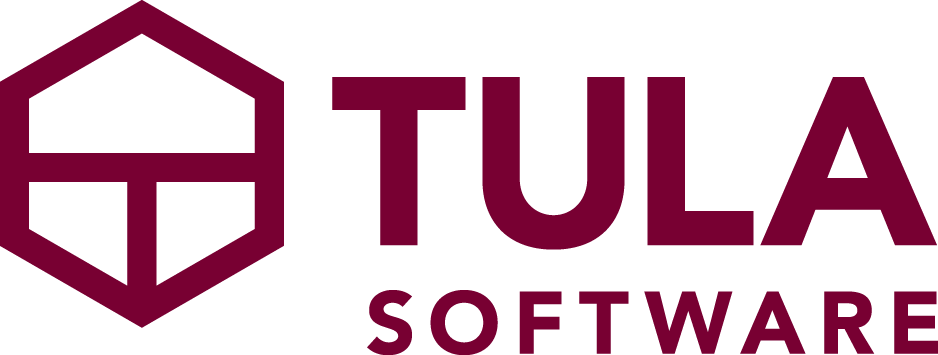We’re excited to announce a major update to the Tula Software registration system, which allows our customers to effortlessly track both in-person and virtual registrations and attendances for their hybrid events. As well, our new feature allows you to host both in person only or virtual only events.
As we wrote about towards the end of last year, we believe that the path forward for studios involves providing in person, livestream and on-demand classes going forward, as we anticipate consumers will have an ongoing expectation that they’ll be able to access yoga classes however it’s best for them. (Added bonus: our solution doesn’t require you to hand over 15% of your revenue to Apple)
To help our customers more easily facilitate these events, now when you create an event, right alongside the other registration settings you’ll see a “virtual” switch.
Turning this switch on will give students the choice of registering for either an in-person or a virtual attendance. (Note: If you don’t turn on the virtual switch, we’ll simply display ‘Confirm Registration’ as we do now.)
When a student registers, they’ll be added to your registration list as always. In person registrations will appear as usual with a green check-in button, and when they’ve registered for a virtual attendance the check-in button will appear in orange. You’ll also see an orange laptop icon next to their name, indicating that it’s a virtual attendance.
Once an event has reached it’s in person limit, students will see in person registrations has closed, and they’ll be able to register for a virtual attendance.
It’s worth mentioning as well, that any student who has registered for an event, whether for in person or virtual, will have access to the broadcast link. So if someone registers for an in-person attendance but ends up showing up online, you can simply update their registration type by clicking the menu icon next to the check-in button.
You’ll also notice on the event series page, you’ll see a count of both your in person registrations as well as your virtual registrations, so you can quickly and easily see which events people have registered for and which attendance types have been chosen.
Works for everyone
It’s worth mentioning as well that this new feature will work for all users, both logged in as well as those logged out (when you have guest access enabeld). Keep in mind if a logged out student registers for a virtual attendance, they’ll still need to log in to access the broadcast link.
In person / Livestream / On-demand
This update, along with our already existing event recording feature, now allows you to create a single event that students can attend in person or virtually, and to which you can upload a recording for members who wish to watch on-demand.
We spent a lot of time working on a slew of tiny details to make sure this feature fit seamlessly into the system you’ve been using for so long. But don’t mistake the simplicity and ease of use of this update for it being “something small”. This is a massive update that sets our customers up for success in a way that none of our competitors are doing, and studios using Tula
As we’ve written about a couple times now, we believe studios using Tula have opportunities that large tech companies tried and failed to secure for themselves pre-covid, and that together we’ll impact the industry for years to come.
We hope you’re as thrilled with this latest feature as we are, and can’t wait to share what’s coming next!






